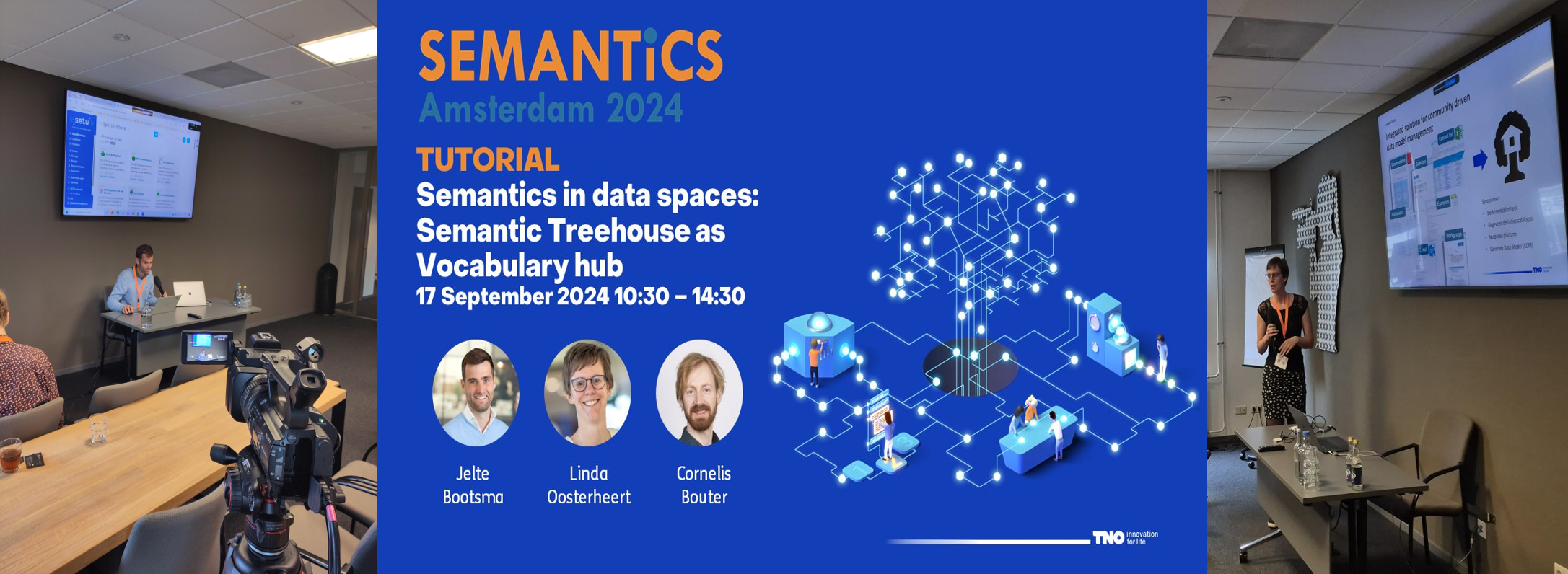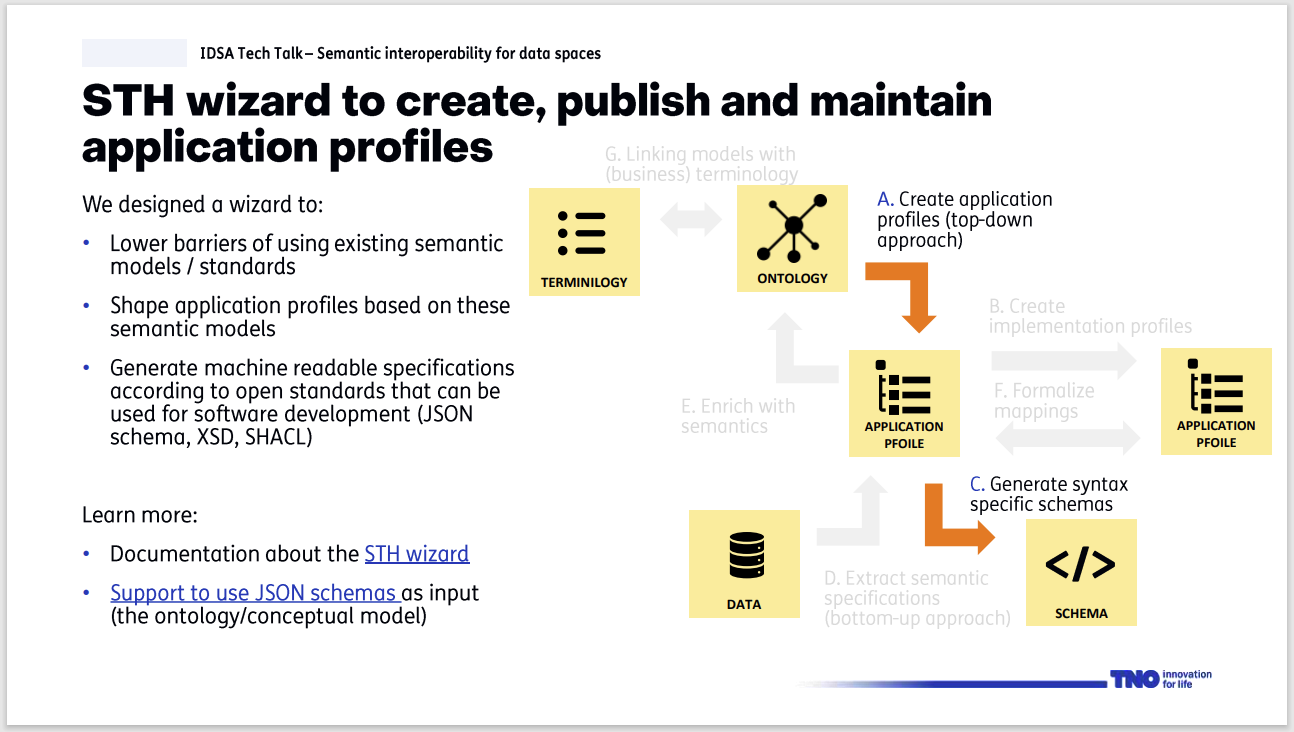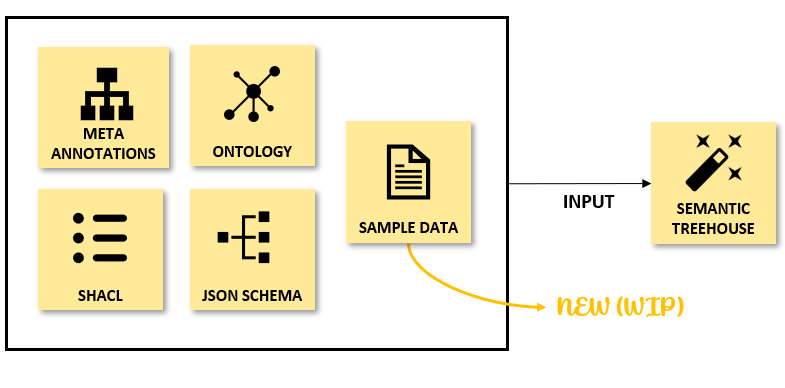Semantics in Data Spaces: Semantic Treehouse as Vocabulary Hub
From September 17-19, 2024, SEMANTICS 2024 will be held in Amsterdam. At this conference, we will have the opportunity to present a tutorial on Semantics in Data Spaces. Our session will focus on Semantic Treehouse as a vocabulary hub. This tutorial offers a practical perspective on semantics in data spaces and presents the open challenges in an interactive manner. It includes an introduction to data spaces and the role of a vocabulary hub in data spaces, based on the current knowledge from the Data Spaces Support Centre.
For more information, to register, and to view the planned agenda for the tutorial, please see below or visit the following link: Register here.
Abstract
Data sharing accelerates innovations within and across sectors, leading to the development of new solutions. For a growing number of companies, this turns data into a strategic asset over which they want to maintain control. The European strategy for data aims to create common European data spaces to ensure Europe’s global competitiveness and data sovereignty. Data spaces are distributed systems designed to facilitate secure and trustworthy data exchanges between participants, emphasizing trust and data sovereignty. One of the crucial aspect in making this happen is semantics, which enables consistent and unambiguous data sharing between participants of a data space. Achieving semantic interoperability is a continuous balancing act between maintaining strict uniformity for consistent and easily understandable data, and accommodating the diverse requirements of different data space participants.
This tutorial offers practical insights into shaping semantics within data spaces, with TNO’s Semantic Treehouse as so-called vocabulary hub as an important means. The tutorial highlights the challenges and presents solutions for achieving semantic interoperability in the context of data spaces.


